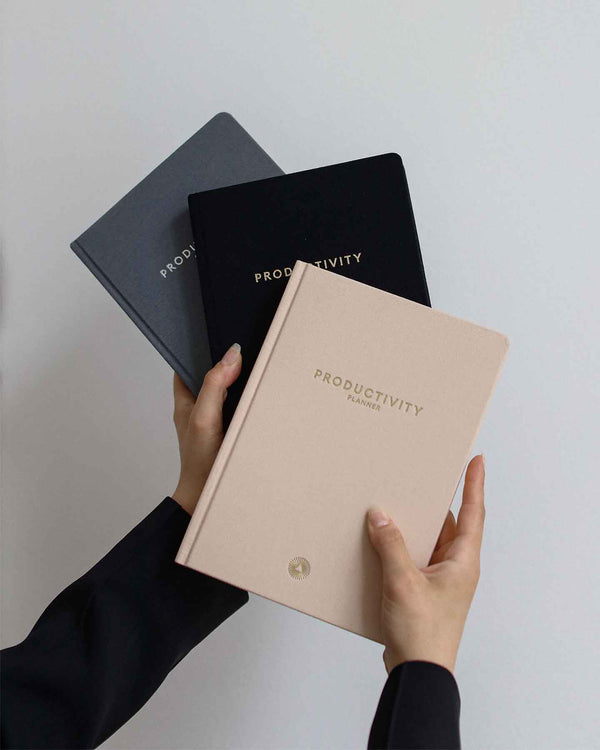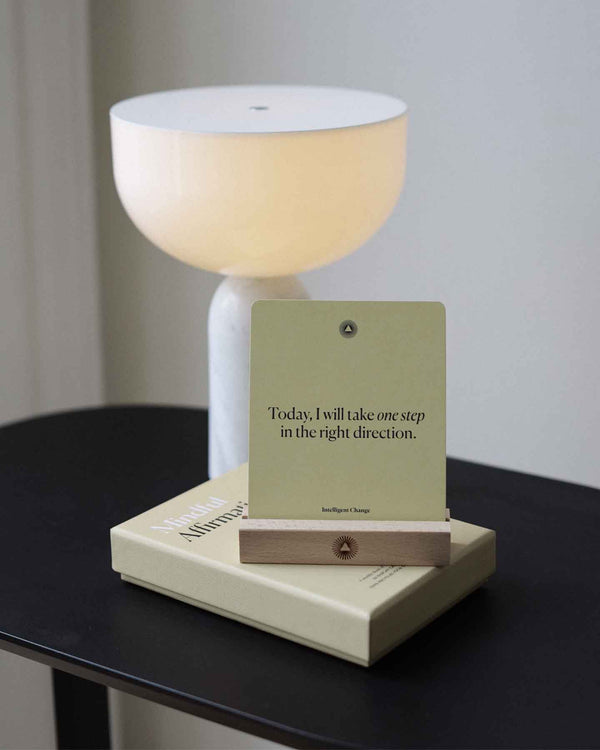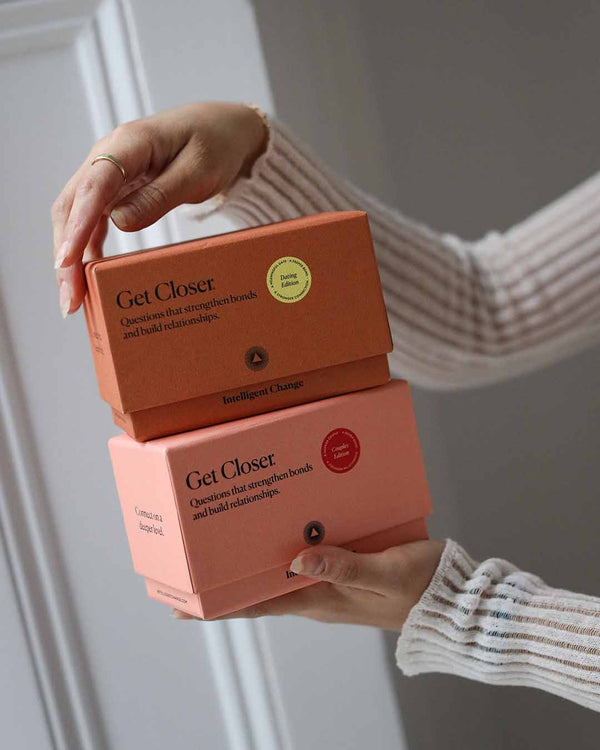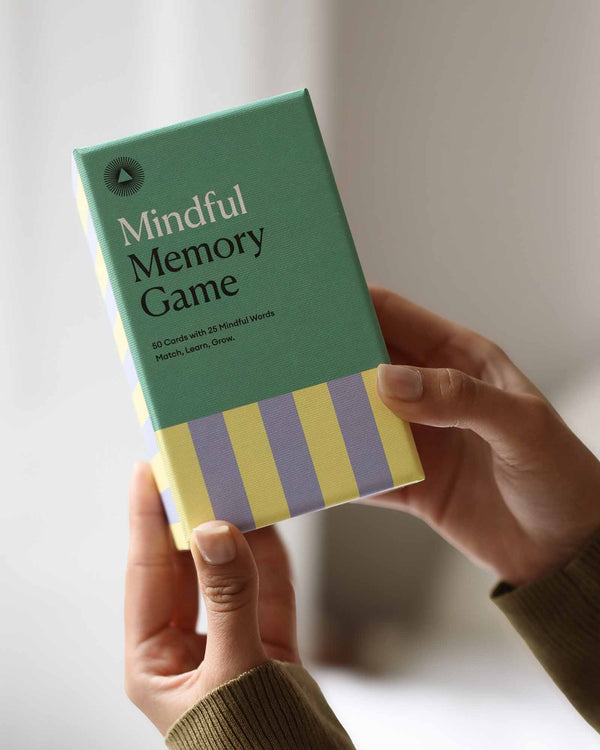The Ultimate Gratitude Journal Guide
by Intelligent Change
Imagine how it would feel starting every day in a positive mood, energized, ready to take on the world. Instead of mentally replaying all your life’s problems and pulling the covers over your head, you chose to take control of your mind and focus on the good.
Day by day you appreciate life more and find yourself feeling happier. Stop rolling your eyes. It is not that crazy of a concept. Today, we will show you how to use a gratitude journal.
If you ever considered keeping a gratitude journal or currently keep one, we’ve compiled the Ultimate Gratitude Journal Guide based upon our years of research, from thousands of customers, from our very own gratitude journal, The Five Minute Journal.
CONTENTS:
- Gratitude Benefits Based on Science
- How to Keep a Gratitude Journal
- What should I write a Gratitude Journal?
- Gratitude Journal Prompts
- When should I write in a Gratitude Journal?
- The Best Gratitude Journals
- TLDR; Putting it All Together
Gratitude Journal Benefits Based on Science
According to Robert Emmons and Michael McCullough, the leading researchers on Gratitude, their research on gratitude journaling has shown benefits such as:
- Greater connection to others
- Increased personal joy
- Better Sleep
- Exercising more regularly
- Lowering symptoms of physical pain
Why?
On a subconscious level, gratitude journaling helps counterbalance our negativity bias.
If someone compliments your new haircut or outfit, you will likely not remember it beyond the moment in question. If someone disses your style, however, you will likely remember it forever.
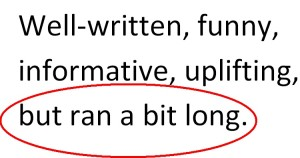
Criticizing and focusing on problems comes easily. For most of us, appreciation and focusing on the good takes effort. By keeping a gratitude journal, you develop a practice that keeps you accountable to developing appreciation and enjoying happier days.
Translating thoughts into concrete language—whether oral or written—has advantages over just thinking the thoughts: It makes you more aware, deepening the emotional impact.
In Emmons and McCullough’s study, they found that:
Writing a Gratitude Journal will make being grateful as natural as breathing. It just happens without you realizing. It is like using a toothbrush, daily, for your mind.
How To Keep A Gratitude Journal
Many people have great intentions when wanting to practice gratitude, but unfortunately they do not go about it the right way.
We hear people say they are grateful the weather is nice, for their partner, or their new iPhone,and then quickly carry on with their day. The gratitude stays very general and does not sink in.

Here are two key ways to effectively practice gratitude in a powerful way - so all those good feelings stick at a core level and you actually become happier!
1) Connect with something specific
The more detailed you can get while writing what you are grateful for the easier it is to connect with the emotion.
Think about your favourite book. Authors do not just generally describe something bluntly but get into detail to help the reader visualize the scene. Novelists do not just say, “he drove a car,” they say, “he drove a black Mustang that sounded like it held a grudge."
For example, today you may write, “I am grateful for John.”
Do you actually feel good writing that down? If not, get specific. What is it about John that makes you grateful?

2) It matters less what you write; It matters more what you experience and feel:
Inevitably, writing down gratitudes will feel repetitive. After an initial high of focusing on the good, many journalers throw in the towel because continuing to write what they are grateful for feels lifeless, just going through the motions.
Enter Bob.
Bob was writing the same things he was grateful for every day and got tired of the repetition. We asked him what he is writing about.
Bob said, he writes that he is grateful for his intelligent beautiful wife, adorable goldendoodle, and his good health.
When asked where he feels that gratitude, and Bob drew a blank. He said he usually just thought of the gratitude and put pen to paper.
When we ask ourselves what we are grateful for, we try our best to wait for the feeling to kick in before putting pen to paper. We try to visualize our gratitude and why it actually matters to us. This feeling usually happens in our chest, that place where we feel the intensity of a new love and excitement.
By waiting a bit longer for that sensation, we know it is coming from a deeper place where we are able to affect our body and mind. This is the way to do gratitude journaling.
Take a moment to experience this yourself.
What are you grateful for? Really. Right now.
Hand on your chest, right over your heart. C’mon. Feel that sensation deep inside.
THAT is gratitude.
The thinking usually comes rapidly, but the feeling takes a little bit longer. Waiting for the emotion—the wonder and awe—makes all the difference when the pen hits the paper.
What Should I Write in a Gratitude Journal?
When you first begin it may be easy thinking of gratitudes to write at random, but despite having the best intentions to write soul fulfilling lists, you will inevitably face “gratitude block.”
From here you have a choice: either quickly write a general intellectualized gratitude (world peace!), take a moment to ‘feel before you write’ (but I have to get out the door for work!) or option 3.
What is option 3 you may ask?
It’s how Tim Ferriss (best-selling author of the 4 Hour Work Week, 4 Hour Chef and 4 Hour Body) writes gratitudes.
So how does Tim practice gratitude?
Instead of thinking of random gratitudes each day, he uses categories:
- Relationships: An old relationship that really helped you
- An opportunity that you have today
- Something great that happened or you saw yesterday
- Something simple near you (clouds outside, pen you are holding, etc)
Instead of trying to color with every gratitude crayon in the box, he uses just a few. What if today you just focused on relationships you are grateful for? Or things you are grateful for about your health? Or all the shows on Netflix you cannot live without?
We usually find that having a day where you select a "category" helps generate gratitude ideas more quickly.
Gratitude Journal Prompts
Taking the categories one layer deeper, here are example prompts to get your mind going. Some of these will take some time to go past your initial resistance or self-criticism. Dig deeper. There are gems there!
Relationships:
- What is an old relationship I am grateful for?
- What qualities do I appreciate in a co-worker?
- What is one quality I admire about my partner?
- What positive quality have I picked up from my friend?
- What positive quality have I picked up from my mom?
- What positive quality have I picked up from my dad?
- What do I admire about the employees at the places I frequent?
- What positive quality do I really admire about myself?
- What positive qualities of a role model do I value?
- How can a perceived weakness of mine also be a strength?
Today’s Opportunities
- What is one thing I am looking forward to today?
- What is an opportunity I have today that most people don’t that I can appreciate?
- What one thing (within my control) would make today great?
- What is something I am better at today than I was yesterday?
- What can I appreciate about today’s weather (in a non-cynical way)?
- What is one thing I appreciate about my health?
- What positive quality can I find within something I think will suck today?
- What do I appreciate about the career skills I have today?
- What can I appreciate/accept of my financial situation?
- What can I appreciate about my appearance today?
Past Opportunities
- What is one good thing that happened during the day?
- What obstacle have I overcome that I appreciate about myself?
- What did I appreciate about a former job?
- What do I admire about my childhood?
- What is a past experience that felt bad at the time that I can appreciate now?
- What am I grateful for that I learned in school?
- What is one thing I appreciate about my ancestors that allowed me to live the life I have?
- What do I appreciate about the food I ate (or didn’t eat) today?
- What sight did I see yesterday that I found enjoyable?
- What scent did I smell yesterday that I found enjoyable?
Other things
- Pick one object you love. What do you love about it?
- What do I appreciate about the home I live in?
- What do I appreciate about the city I live in?
- What do I appreciate about the country I live in?
- What do I appreciate about the restaurants I frequent?
- What is one piece of clothing I appreciate?
- What do I appreciate about the music I listen to?
- What is one thing I appreciate about my body?
- What food do I really appreciate and why?
- What type of art do I appreciate and why?
Grab the Printable Gratitude Journal Prompts PDF Below:

When Should I Write A Gratitude Journal?
We are big fans of writing what you are grateful for first thing in the morning and reflecting on the good things that happened throughout your day right before going to sleep.
Here’s why.
Wisdom from ancient and modern times teaches that the beginning and the end of the day are times to think, evaluate, and correct course. Such established positive rituals are not restricted to the domain of ultra successful CEOs or Buddhist monks.
Have you ever had a day when you woke up and it felt like everything was going your way? Everything was effortless, and all you wanted to do is smile?
By starting each day off with gratitude, you get a “hit” of those good feelings first thing in the morning. You are fresh, still waking up and have the precious opportunity to set the tone for the rest of the day with a strong morning routine. Think of it as a hit of caffeine for the soul.
Similarly, what do you typically do before you go to sleep? Do you have a nightly routine?
The average person is glued to their screens spending hours on devices right before bed. It keeps our brains running, disturbs our sleep, and worse may cause us to feel worse about ourselves.
What if you choose to use this time to invest in yourself? In your well-being? Never underestimate the benefits of self-care.
You will find that gratitude journaling instantly helps you shift your focus on the positive and short-circuit negative thought loops. No matter how intense your day was, you will sleep a bit better having shown some gratitude. It is that simple.
Best Gratitude Journals
| Journal | Happiness Score | Ease of Use Score |
| The Five Minute Journal | 😊😊😊😊😊 | ⭐⭐⭐⭐⭐ |
| Start Where You Are | 😊😊😊😊 | ⭐⭐⭐⭐ |
| 52 Lists of Happiness | 😊😊😊 | ⭐⭐⭐⭐⭐ |
| Gratitude: A Journal | 😊😊😊 | ⭐⭐⭐ |
| Blank Notebook | 😊😊😊 | ⭐⭐ |

Tim Ferriss, author of The 4-Hour Book Series & host of the Tim Ferriss Show Podcast, called the The Five Minute Journal one of the simplest ways that he has found to consistently ensure improve his well being and happiness. Both in terms of achievement and actual measurable, quantifiable results.
In short, The Five Minute Journal combines a daily gratitude practice, in which you write 3 things you are grateful for in the morning and 3 amazing things that happened throughout your day at night with a few additional positive psychology inspired questions geared to focus your attention on the good.
Happiness Score: 😊😊😊😊😊 out of 5
Ease of Use Score: ⭐⭐⭐⭐⭐ out of 5
Good For:
- Those who don’t want to spend a lot of time filling out a journal, yet still contribute something meaningful each day.
- Those who like a structure to keep them on track.
- Those who always wanted to start a journal or have tried other journals, but failed to keep one consistently.
Not Good For:
- Those who need a more freeform journaling experience to write at length.

Start Where You Are is an interactive journal designed to help readers nurture their creativity, mindfulness, and self-motivation. It helps readers navigate the confusion and chaos of daily life with a simple reminder: that by taking the time to know ourselves and what those dreams are, we can appreciate the world around us and achieve our dreams.
It is not a pure gratitude journal per se, but more so an artistic guide with questions geared to focus your mind on the positive. Whereas The Five Minute Journal follows the same prompts each day, Start Where You Are new prompts each day.
Happiness Score: 😊😊😊😊 out of 5
Ease of Use Score: ⭐⭐⭐⭐ out of 5
Good For:
- Those who crave daily variety answering questions each day. Want some guidance filling out a journal.
- Those who want to combine drawing & art with writing.
Not good for:
- Those wanting a lot of room to write.
- A straight gratitude journal. More than 60% of the book is quotes, pictures, and exercises.

As the title suggests, 52 Lists of Happiness is a journal in which you write one list a week geared to become more positive, joyful, and mindful.
Happiness Score: 😊😊😊 out of 5
Ease of Use Score: ⭐⭐⭐⭐⭐ out of 5
- Those who want to fill out a journal only once a week.
- Those who like variety each week.
- Those who like making lists and want lots of room to write.
Not good for:
- Those who want to dive deeply into gratitude writing.
- Those who want to journal more frequently than once a week.
- Many reviewers state the lists can be hit or miss and can feel repetitive.

Gratitude a journal is a much more free-from gratitude journaling experience. There are some prompts throughout intended to focus your attention on a specific thing to appreciate, but it is largely up to you to self-generate things you are grateful for each day.
Happiness Score: 😊😊😊 out of 5
Ease of Use Score: ⭐⭐⭐ out of 5
Good for:
- Free-form gratitude journaling experience with a few prompts throughout.
- Ability to go into greater depth writing things you are grateful for.
Not good for:
- Those who want more structure and guidance writing gratitudes each day.
- Slight religious undertone which may not be your cup of tea.
- The overall notebook is a bit small.

We’d be remiss to not include the “OG” gratitude journal: a blank notebook. The advantage is you can write whatever you are grateful for in great depth or in one line or in list format or drawn...whatever your heart desires. That’s also its biggest downside. Many find they'll start with a blank notebook, but fail to consistently keep it up, hence the guided journals above.
Happiness Score: 😊😊😊 out of 5
Ease of Use Score: ⭐⭐ out of 5
Good for:
- Those who want complete freedom to write a journal
- Ample room to write
Not good for:
- Those who need more structure. It can be a gratitude journal, but is not specifically geared for it.
--> Buy here: We are fans of Moleskine and Baron Fig, of if you want to go fancy, Smythson.
TL;DR: Putting it All Together
- Gratitude helps counterbalance negative thought patterns by focusing on the good. Over time you develop a more positive mindset, better relationships with yourself and others, and increase your overall well-being.
- Gratitude journaling is all about the feeling behind the gratitude. Heart over head.
- To better connect with what you are grateful for, get specific, and use gratitude categories.
- You can grab the gratitude prompts PDF here for a head start on what to write.
- Choose a gratitude journal based on if you do well with structure or need a more freeform journaling experience. The Five Minute Journal best accomplishes the former, a blank journal best accomplishes the latter.






